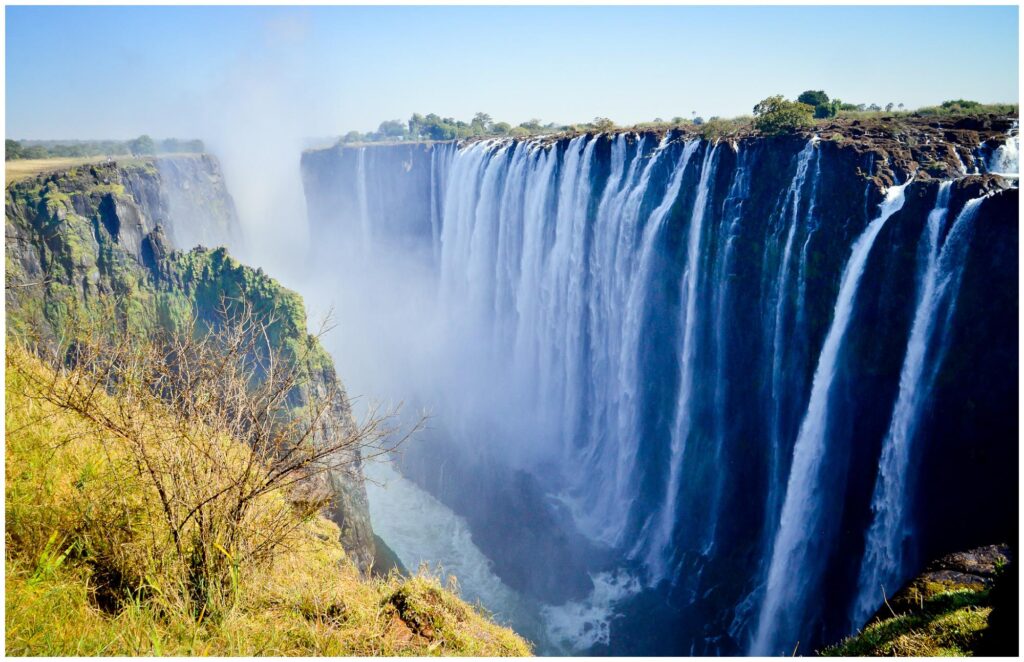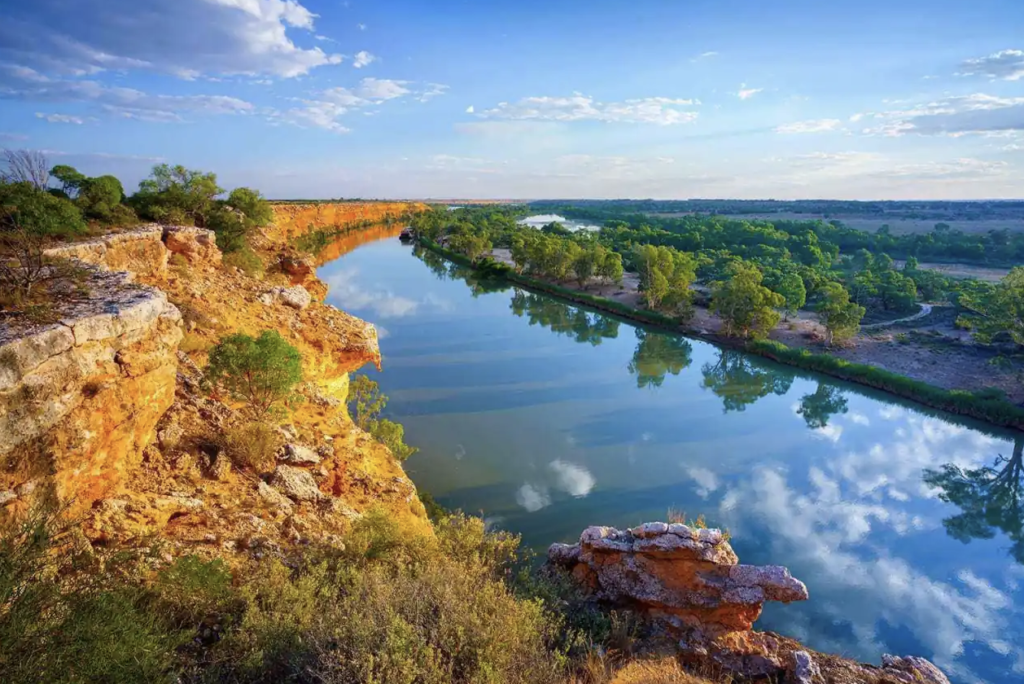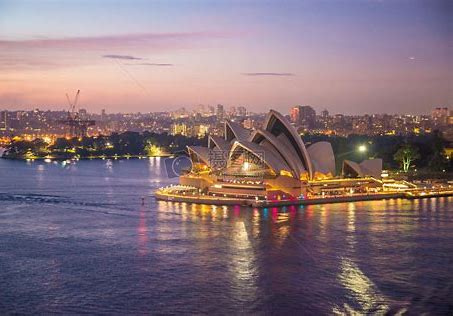Victoria
The Commonwealth of Australia, abbreviated as Australia, is the capital city of Canberra, with a per capita GDP of $65543 in 2022. Located between the South Pacific and Indian Oceans, it consists of islands such as mainland Australia and Tasmania, as well as overseas territories. To the east lies the Coral Sea and Tasman Sea in the Pacific Ocean, while to the north, west, and south lies the Indian Ocean and its marginal seas. The total area is 7692000 square kilometers, with a coastline of 36735 kilometers. The northern region has a tropical climate, with the majority having a temperate climate. The country is divided into 6 states and 2 regions. As of July 2023, the total population of Australia is 26.39 million, of which 74% are of British and Irish descent. The official language is English, and the majority of residents believe in Christianity. The earliest inhabitants of Australia were indigenous people. In 1770, British navigator James Cook arrived on the east coast of Australia and declared British occupation of the land. On January 26, 1788, Britain began establishing colonies in Australia, which was later designated as Australia’s National Day. In July 1900, the British Parliament passed the Commonwealth Constitution of Australia and the Regulations of the British Dominion. On January 1, 1901, the Australian colonies were renamed as states, and in October of the same year, the Commonwealth of Australia was established. In 1931, Australia became an independent country within the Commonwealth. Australia is a developed modern industrial country, the most economically developed country in the southern hemisphere, the fourth largest exporter of agricultural products in the world, and also an important producer and exporter of mineral products in the world. Agriculture, animal husbandry, and mining are traditional industries, while manufacturing and high-tech industries are developing rapidly. The service industry has become the leading industry in the national economy, promoting foreign trade and maintaining rapid economic growth. Australia has a stable social environment and a regulated financial system. In the fiscal year 2021/2022, Australia’s GDP was AUD 2.1 trillion.



